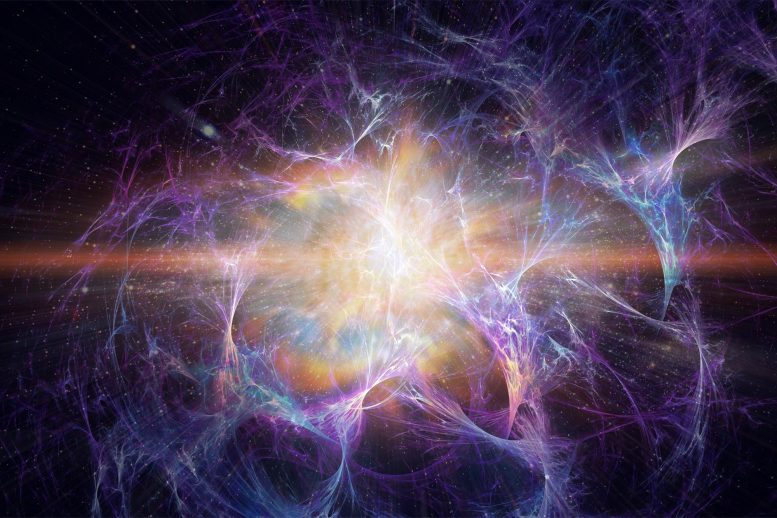
Researchers at the University of Geneva (UNIGE) have devised a new method to test the theories of Euler and Einstein by considering the measure of time distortion, in an attempt to explain the mysterious phenomena of dark matter and the acceleration of the Universe’s expansion. This method, a first of its kind, could help to understand whether new forces or matter that violate these two theories exist in the Universe.
A team from the University of Geneva has developed the first method for testing together Einstein’s and Euler’s theories for the accelerating expansion of the Universe and dark matter.
The universe serves as a unique testing ground for the laws of physics, particularly the laws proposed by Euler and Einstein. Euler’s laws shed light on the motions of celestial bodies, whereas Einstein’s theory describes how these celestial entities distort the Universe.
Ever since dark matter was discovered, and the Universe’s expansion was found to be accelerating, the validity of their equations has been put to the test: are they capable of explaining these mysterious phenomena? A team from the University of Geneva (UNIGE) has developed the first method to find out. It considers a never-before-used measure: time distortion. The findings were recently published in the journal Nature Astronomy.
The theories of Leonhard Euler (1707-1783) and Albert Einstein (1879-1955) revolutionized our understanding of the Universe. With the famous equation that bears his name, Euler gave scientists a powerful tool for calculating the movements of galaxies in the Universe. With his theory of general relativity, Einstein demonstrated that the Universe is not a static framework: it can be distorted by star clusters and galaxies.
Physicists have tested these equations in all sorts of ways, which have so far proved successful. However, two discoveries continue to put these models to the test: the acceleration of the Universe’s expansion and the existence of invisible dark matter, which is thought to account for 85% of all matter in the cosmos. Do these mysterious phenomena still obey the equations of Einstein and Euler? Researchers are still unable to answer this question.
The missing ingredient
“The problem is that current cosmological data do not allow us to differentiate between a theory that breaks Einstein’s equations and one that breaks Euler’s equation. This is what we demonstrate in our study. We also present a mathematical method for solving this problem. This is the culmination of ten years of research,” explains Camille Bonvin, associate professor in the Department of Theoretical Physics in the UNIGE Faculty of Science and first author of the study.
Researchers were unable to differentiate between the validity of these two equations at the very edge of the Universe because they were missing an “ingredient”: the measurement of time distortion. “Until then, we only knew how to measure the speed of celestial objects and the sum of the distortion of time and space. We have developed a method for accessing this additional measurement, and it’s a first,” says Camille Bonvin.
If the time distortion is not equal to the sum of time and space — i.e. the result produced by the theory of general relativity — this means that Einstein’s model does not work. If the time distortion does not correspond to the speed of the galaxies calculated with the Euler equation, this means that the latter is not valid. “This will allow us to discover whether new forces or matter, which violate these two theories, exist in the Universe,” explains Levon Pogosian, professor in the Department of Physics at Simon Fraser University, in Canada, and co-author of the study.
Reality check
These results will make a crucial contribution to several missions whose aim is to determine the origin of the accelerated expansion of the Universe and the nature of dark matter. These include the EUCLID space telescope, which will be launched in July 2023 by the European Space Agency (ESA), in collaboration with the UNIGE, and the Dark Energy Spectroscopic Instrument (DESI), which began its 5-year mission in 2021 in Arizona. There is also the international SKA (Square Kilometre Array) giant radio telescope project in South Africa and Australia, which will begin observations in 2028/29.
“Our method will be integrated into these different missions. This is already the case for DESI, whom we have become external collaborators thanks to this research”, Camille Bonvin enthuses. The research team has successfully tested its model on synthetic catalogs of galaxies. The next stage will involve testing it using the first data supplied by DESI, as well as identifying the obstacles and minimizing the systematic features that could hamper its application.
Reference: “Modified Einstein versus modified Euler for dark matter” by Camille Bonvin and Levon Pogosian, 22 June 2023, Nature Astronomy.
DOI: 10.1038/s41550-023-02003-y


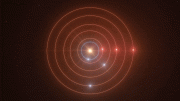

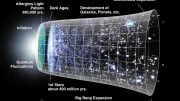
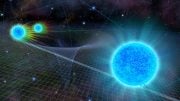
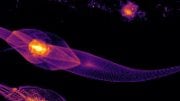
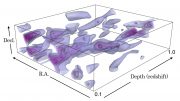

It seems that when talking about the gravitational wave of the universe expansion the speed may be misinterpreted, the speed of expansion could be more like the ripples of a wave flattening out showing a faster speed do to perspective angle of observation.
No. The rate of expansion is not a “speed” but an expansion measured as a scale parameter, so the galaxies are not moving but the distances in between grow larger. The “acceleration” in the rate of change should not be confused with an acceleration of a speeding object, though the situation is often described in those simplifying terms.
“The relative expansion of the universe is parametrized by a dimensionless scale factor a. Also known as the cosmic scale factor or sometimes the Robertson Walker scale factor, this is a key parameter of the Friedmann equations.”
“Current evidence suggests that the expansion rate of the universe is accelerating, which means that the second derivative of the scale factor a_dot_dot(t) is positive, or equivalently that the first derivative a_dot(t) is increasing over time.”
[“Scale factor (cosmology)”, Wikipedia]
I should add that the observations of the scale factor by redshift of distant galaxies is not a matter of “perspective”. In fact, the theory of relativity that is embodied in cosmic redshifts solves the problems with having different reference frames.
As a novice and not tied to academic line of thought all I can say is that the math in several areas of physics seems to not add up to acceptable limits, which opens doors logical imaginative thought. We are just now at this period of time seeing what the makeup of an atom really looks like. We have only stepped on one other planetary satellite, maybe the Martians are slowing us down because we will not take care of our own planet. We have sped our influences far and wide which will become trashing the cosmos. Maybe AI can help why not It’s being used for malicious false propaganda people believe. We have proven that living in a biosphere comes with responsibility. 50 years ago who would of thought Global warming.
Yes my name is Billy price and I’m the governor of the world and I’m the one that’s eyes are decided and it’s always been my world that u all living in so if u color help me take over the government where I’m spots to be I will make the world better